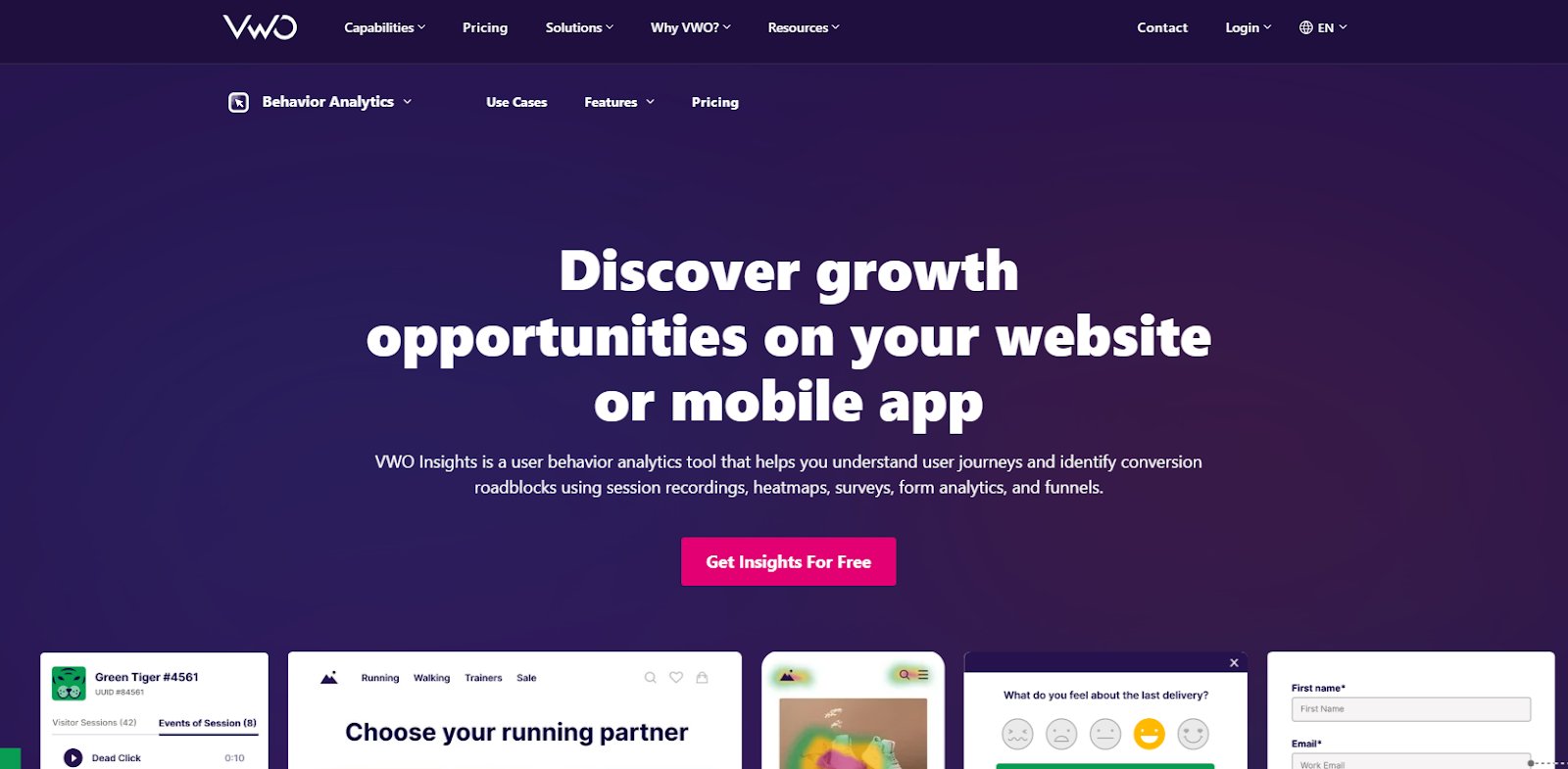Identifying and Resolving Usability Issues Through Heatmap Analysis
Introduction
Heatmap analysis is a powerful tool that can help website owners identify and resolve usability issues. By visually representing user behavior, heatmaps provide valuable insights into how visitors interact with a website. This article will explore the benefits of heatmap analysis and discuss how it can be used to improve usability.
Understanding Heatmaps
Heatmaps are graphical representations of data where colors indicate the intensity of a particular metric. In the context of website analysis, heatmaps are used to visualize user interactions such as clicks, scrolls, and mouse movements. By analyzing these heatmaps, website owners can gain a deeper understanding of user behavior and identify areas of improvement.
Types of Heatmaps
There are several types of heatmaps that can be used to analyze different aspects of user behavior:
1. Click Heatmaps
Click heatmaps show the areas of a webpage that receive the most clicks. By analyzing this data, website owners can determine which elements are attracting the most attention and optimize their design accordingly.
2. Scroll Heatmaps

Scroll heatmaps track how far users scroll down a webpage. This information can help identify whether important content is being missed or if users are losing interest before reaching the desired information.
3. Mouse Movement Heatmaps
Mouse movement heatmaps visualize the areas of a webpage where users move their mouse cursor the most. This can provide insights into what elements are attracting attention or causing confusion.
Benefits of Heatmap Analysis
Heatmap analysis offers several benefits for website owners:
1. Improved User Experience
By understanding how users interact with a website, usability issues can be identified and resolved. Heatmaps can reveal areas where users are getting stuck, experiencing confusion, or abandoning the site altogether. This information can then be used to make informed design decisions that enhance the user experience.
2. Increased Conversion Rates
Heatmap analysis can help optimize conversion funnels by identifying areas where users drop off or fail to complete desired actions.
Summary
Heatmap analysis is a technique that allows UX researchers and designers to gain a deeper understanding of user behavior on websites and applications. By tracking and visualizing user interactions, heatmaps provide valuable insights into how users engage with different elements and features of a digital product.
There are several types of heatmaps that can be used, including click heatmaps, scroll heatmaps, and movement heatmaps. Click heatmaps show where users click the most on a webpage, helping identify popular areas and potential areas of interest. Scroll heatmaps indicate how far users scroll down a page, highlighting areas that may need more attention or optimization. Movement heatmaps track mouse movements, providing insights into user attention and navigation patterns.
By analyzing heatmaps, UX professionals can identify usability issues such as low engagement areas, confusing navigation paths, or overlooked elements. This data-driven approach helps prioritize design improvements and optimize user flows, ultimately leading to a more intuitive and enjoyable user experience.
Once usability issues are identified through heatmap analysis, UX designers can implement targeted improvements. This may involve redesigning certain elements, adjusting the placement of important features, or simplifying complex navigation paths. By addressing these issues, websites and applications can enhance user satisfaction, increase conversions, and ultimately achieve their business goals.
In conclusion, heatmap analysis is a valuable technique for identifying and resolving usability issues in UX design. By visually representing user behavior, heatmaps provide actionable insights that can drive effective design improvements. Incorporating heatmap analysis into the UX research process can lead to more user-friendly and successful digital products.

Welcome to my website! I’m Harrison Probert, a passionate and experienced Digital Marketing Manager specializing in Behavioral Psychology, Conversion Rate Optimization (CRO), User Behavior, Persona Development, and Site Usability. With a deep understanding of human behavior and a keen eye for data-driven strategies, I strive to create impactful digital experiences that drive results.

